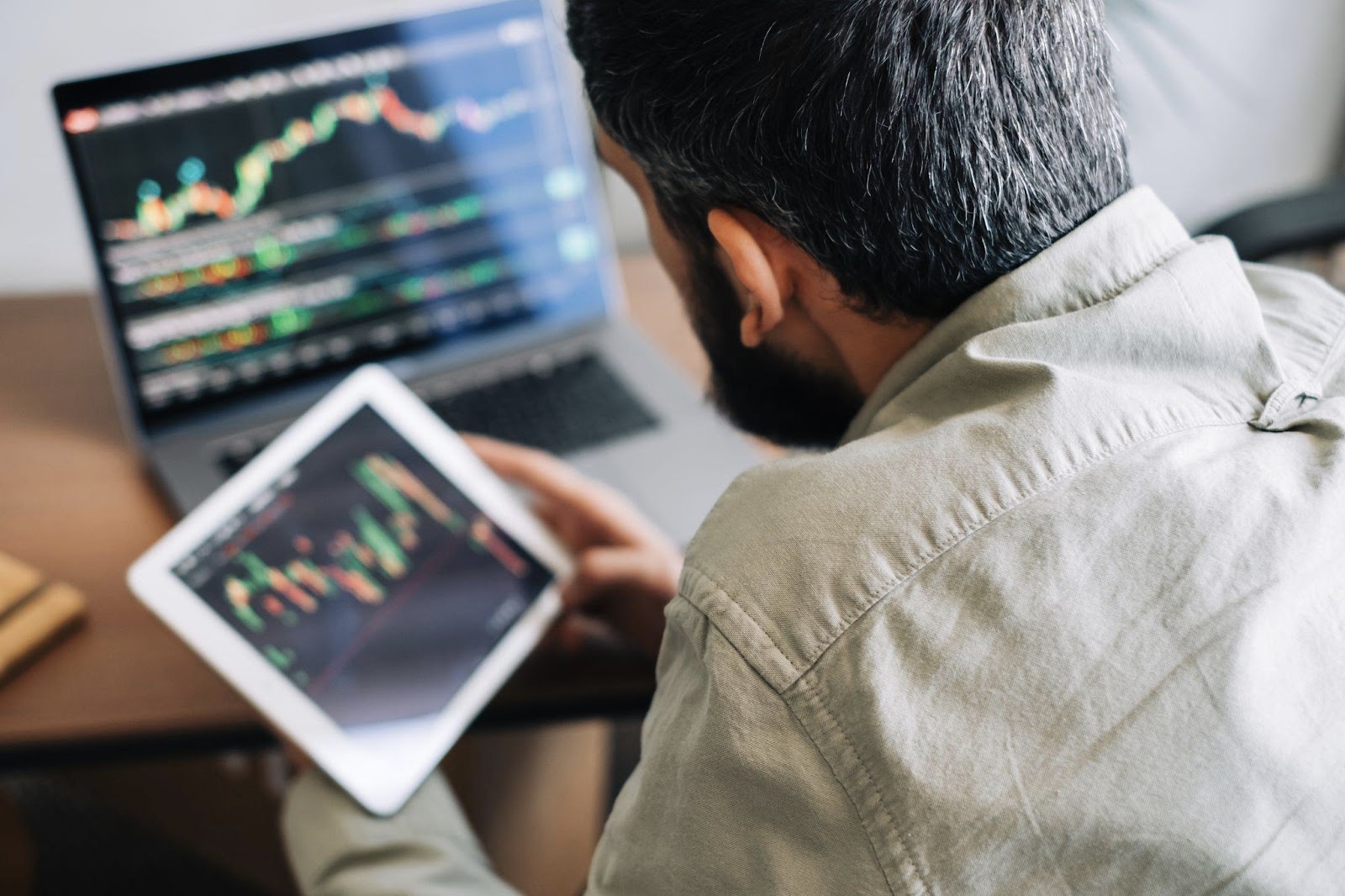
The foreign exchange market, or Forex, is the world’s largest financial market, with daily trading volumes exceeding $6 trillion. For newcomers, understanding market trends can seem daunting, but with the right knowledge and tools, anyone can learn to navigate these waters successfully.
Getting Started: The Importance of Practice
Before diving into real trading, it’s crucial to gain hands-on experience without risking actual money. This is where a Forex demo account becomes invaluable. These practice accounts allow you to test strategies, understand market movements, and build confidence using virtual funds while experiencing real market conditions. Most reputable brokers offer demo accounts that simulate actual trading environments, complete with real-time market data and analysis tools.
Understanding Market Trends
Forex market trends can be categorized into three main types: uptrend (bullish), downtrend (bearish), and sideways (ranging). Each presents different opportunities and risks for traders. The key to successful trading lies in identifying these trends early and understanding their underlying causes.
Fundamental Analysis
One of the most crucial aspects of trend analysis is understanding the fundamental factors that drive currency values. These include:
1. Economic Indicators
- GDP growth rates
- Employment figures
- Inflation rates
- Interest rates
2. Political Factors
- Government policies
- Elections
- Geopolitical events
- Trade agreements
3. Market Sentiment
- Investor confidence
- Risk appetite
- Global economic outlook
The Role of Economic Calendar
An FX economic calendar is an essential tool for any forex trader. It lists upcoming economic events, data releases, and policy announcements that could impact currency pairs. By monitoring this calendar, traders can:
- Plan trades around major economic events
- Anticipate potential market volatility
- Make informed decisions based on economic data
- Avoid trading during high-risk periods
Technical Analysis Tools
While fundamental analysis provides the bigger picture, technical analysis helps identify specific entry and exit points. Key technical tools include:
Chart Patterns
- Head and shoulders
- Double tops and bottoms
- Triangle patterns
- Flag formations
Technical Indicators
Trend Indicators
- Moving averages
- MACD (Moving Average Convergence Divergence)
- Trend lines
Momentum Indicators
- Relative Strength Index (RSI)
- Stochastic Oscillator
- Williams %R
Risk Management Strategies
Understanding trends is only half the battle; proper risk management is equally important. Successful traders typically:
- Set clear stop-loss orders
- Use appropriate position sizing
- Never risk more than 1-2% of their trading capital on a single trade
- Maintain a balanced portfolio
- Keep detailed trading journals
Common Pitfalls to Avoid
Many new traders fall into common traps when analyzing market trends:
- Over-reliance on a single indicator
- Ignoring fundamental analysis
- Failing to adapt to changing market conditions
- Trading against the trend
- Emotional decision-making
Building a Successful Trading Strategy
To effectively trade forex market trends, consider developing a comprehensive strategy that:
- Combines both technical and fundamental analysis
- Includes clear entry and exit rules
- Incorporates proper risk management
- Accounts for different market conditions
- Can be tested on a demo account before live trading
Conclusion
Success in forex trading requires a deep understanding of market trends and the factors that influence them. By utilizing tools like demo accounts and economic calendars, maintaining disciplined risk management, and continuously learning from experience, traders can develop the skills needed to navigate the forex market effectively.
Remember that profitable trading is a marathon, not a sprint. Take time to practice, learn from mistakes, and gradually build your expertise. The forex market will always be there – there’s no need to rush into trading before you’re ready.
Interesting Related Article: “How to Read the Economic Calendar?“
